This is certainly the case in Sri Lanka, here are just a few of our favourites to give you a flavour of what to expect:
Sigiriya Rock Fortress
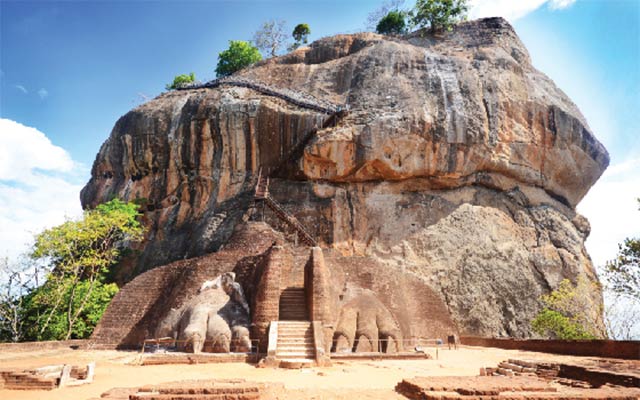
An ancient fortress perched on a huge rock towering above the surrounding landscape, Sigiriya is iconic and it would be a real shame to go all the way to Sri Lanka and not see this, one of its most famous landmarks.
It will be a steep climb to the top, but the views will be well worth it. As will the ruins of the ancient fortress itself, and its incredible gardens and canals. This is an incredible example of ancient urban planning, which is why it was designated a UNESCO World Heritage Site in 1982.
Minneriya National Park
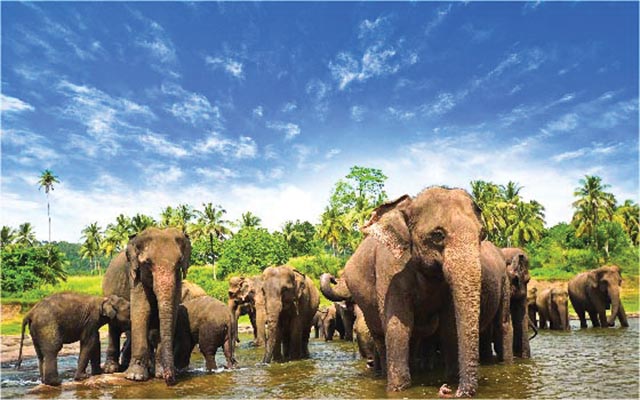
There’s very little that will have more of an impact on your students than seeing one of the world’s most incredible, majestic animals in its own environment.
And Minneriya National Park offers the opportunity to see literally hundreds of elephants. The park is famous for its huge elephant gathering, which happens during May to October, as the waters of the reservoir recede and expose the lush grass on the banks, which is vital food for the elephants during the dry season.
Seeing these magnificent animals and learning about the issues threatening their survival will help your students better appreciate the natural world around them and, hopefully, make them more environmentally conscious.
Temple of the Tooth
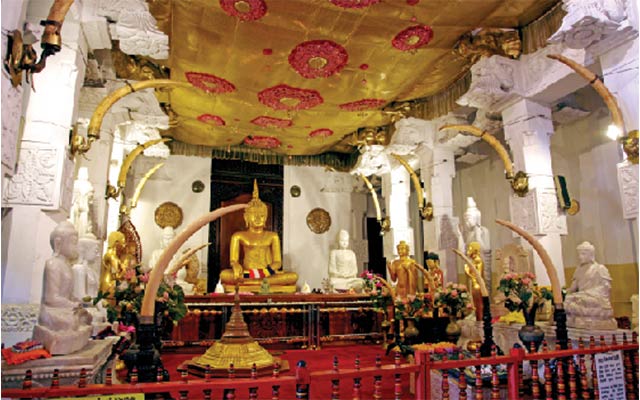
With Buddhism the majority religion in Sri Lanka], it’s nice to include a visit to a Buddhist temple in your itinerary. Such a visit will not only give your students the chance to learn more about the religion itself, but also the Sri Lankan culture.
And the Temple of the Tooth in Kandy is one of the most sacred Buddhist sites in Sri Lanka. Part of the Royal Palace complex, the temple houses the sacred relic of the tooth of the Buddha. You can go into the room in which the tooth is kept, but you won’t see it, as it’s hidden away in a golden casket.
Dambulla Cave Complex
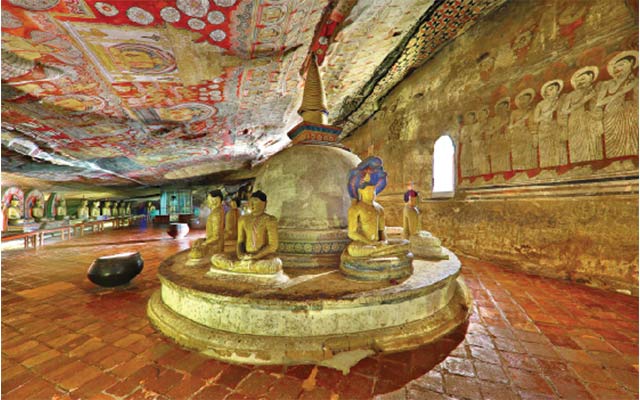
Another site not to be missed is the impressive Golden Temple of Dambulla. This Sri Lanka’s largest and best-preserved cave temple complex and has been a pilgrimage site for over 2,000 years.
The temple is famous for its spectacular Buddhist murals, and its many statues depicting the Buddha, Sri Lankan kings and even Hindu deities. This is one of Sri Lanka’s most important and impressive collections of religious art.
Galle City
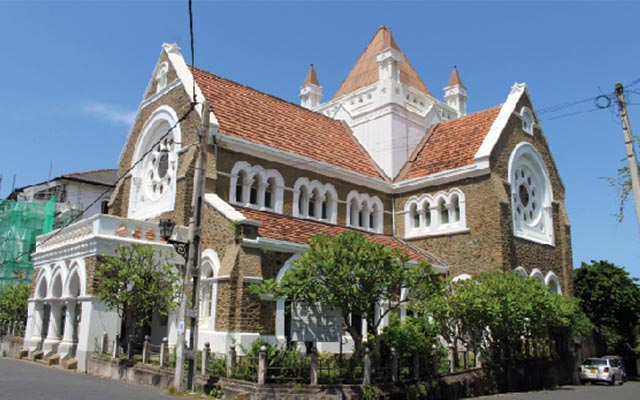
Sri Lanka’s colonial past is clearly evident in the beautiful seaside city of Galle. First the Portuguese, then the Dutch and, finally, the British, have all left their mark here, not least with the fortified city originally built by the Portuguese.
The city’s fort is one of the best examples of European and Southern Asian architectural traditions coming together to create something new. This is a great visit for helping students to understand Sri Lanka’s history.
Foundation of Goodness
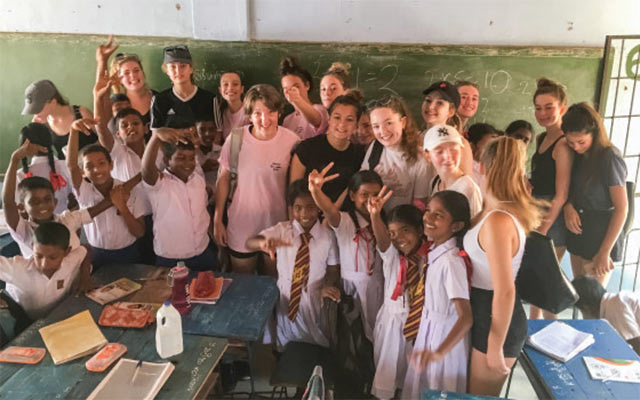
If you want to give your students the opportunity to immerse themselves in the local culture and get to know the local people, then some outreach work is a great idea.
Invicta Grammar School visited Sri Lanka in October 2018 and did some outreach work with the Foundation of Goodness, an initiative that is working to promote equal opportunities among less privileged rural communities in the wake of the devastating 2004 tsunami.
The students delivered a variety of English and sport sessions to around 50 school children each day and, by all accounts, the experience was a real highlight of the trip.
Rafting Kitulaga

As well as some incredible cultural activities and experiences, Sri Lanka also offers the chance to enjoy some adventure sports, which may appeal to active groups.
Take, for example, the white-water rafting experience at Kitulgala. This is one of the wettest parts of the country, located as it is in the wet zone rainforest. You’ll ride the rapids of the beautiful Kelani River, covering 5 major rapids and 4 minor rapids over the 5km course.
Ready to start planning your school trip to Sri Lanka?
Please don’t hesitate to contact us for further information.